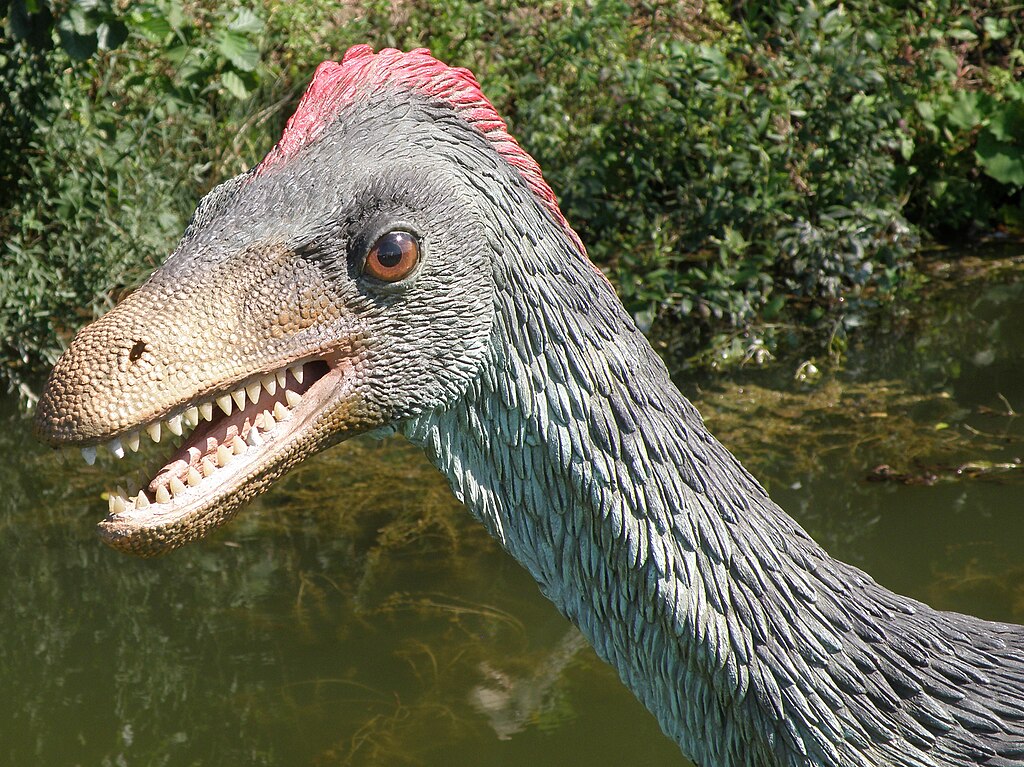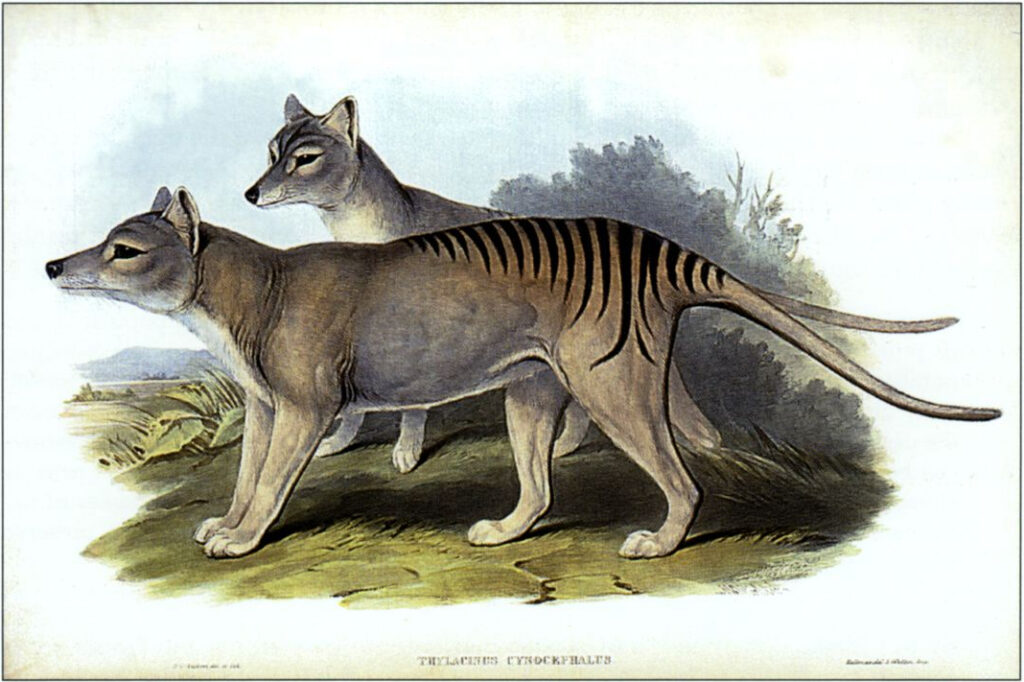When most people think about prehistoric life, dinosaurs immediately come to mind. But while T-Rex was stomping around and Triceratops was munching on ferns, an entire world of bizarre and fascinating creatures was thriving alongside them. These ancient animals ruled the skies, dominated the seas, and carved out their own niches in a world that would seem completely alien to us today. From massive marine reptiles that could swallow a small car whole to flying reptiles with wingspans larger than a fighter jet, the Mesozoic Era was teeming with life forms that were every bit as spectacular as the dinosaurs themselves.
Pteranodon: The Toothless Terror of the Skies
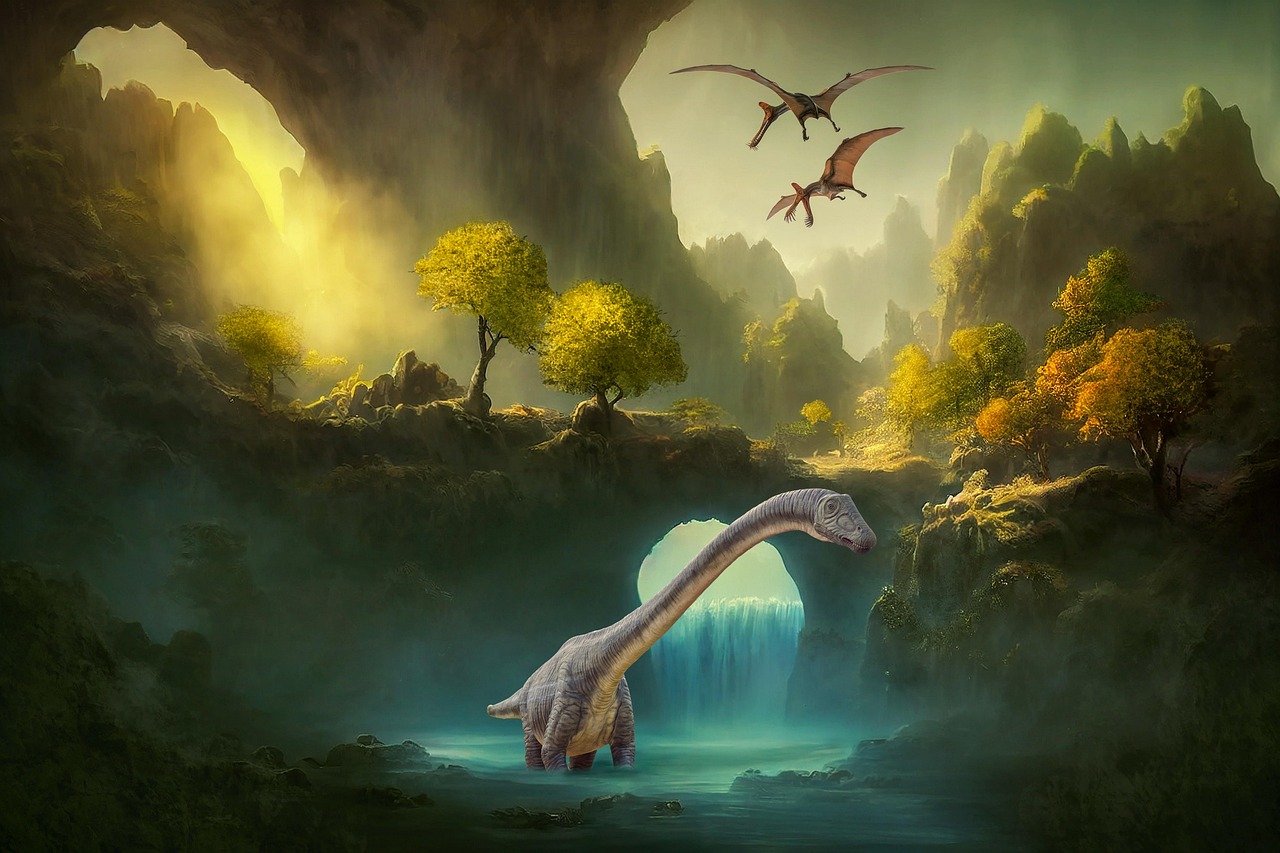
Soaring through Cretaceous skies with a wingspan that could reach 23 feet, Pteranodon was like a prehistoric hang glider with attitude. This magnificent flying reptile wasn’t actually a dinosaur, but rather a pterosaur that ruled the airways for millions of years. What made Pteranodon truly unique was its complete lack of teeth, sporting instead a long, pointed beak perfect for snatching fish from ancient seas.
The most striking feature of Pteranodon was its dramatic head crest, which could extend several feet behind its skull. Scientists believe this crest served multiple purposes: helping with flight stability, attracting mates, and possibly even regulating body temperature. Think of it as nature’s version of a vintage car’s tail fin, but infinitely more functional and impressive.
Mosasaurus: The Ocean’s Ultimate Predator
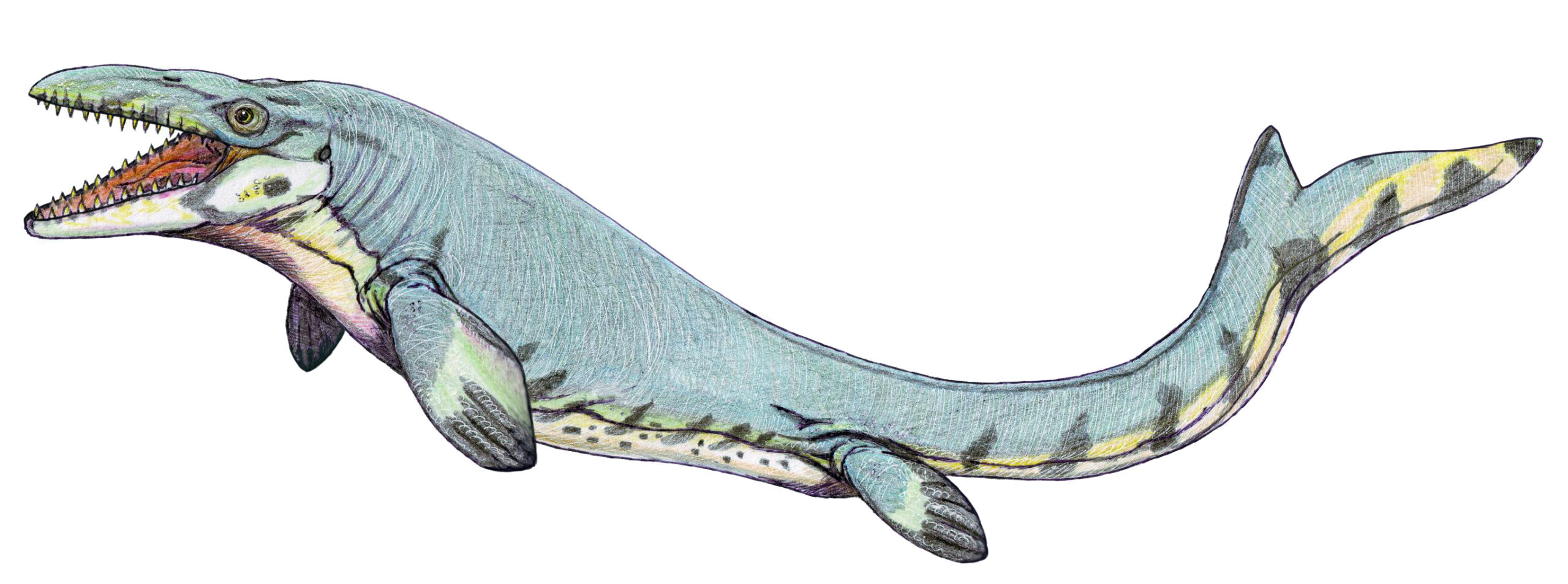
If you thought sharks were scary, imagine encountering a Mosasaurus in the ancient seas. This marine reptile could grow up to 60 feet long and possessed jaws filled with razor-sharp teeth designed to crush anything unfortunate enough to cross its path. Mosasaurus was essentially a giant monitor lizard that decided the ocean was a better hunting ground than land.
What’s particularly fascinating about Mosasaurus is how perfectly adapted it was for marine life. Its flippers were incredibly powerful, allowing it to accelerate through water like a prehistoric torpedo. The creature’s flexible skull could expand to swallow prey much larger than you’d expect, making it the ultimate oceanic opportunist of the Cretaceous period.
Quetzalcoatlus: The Giraffe-Sized Flying Giant
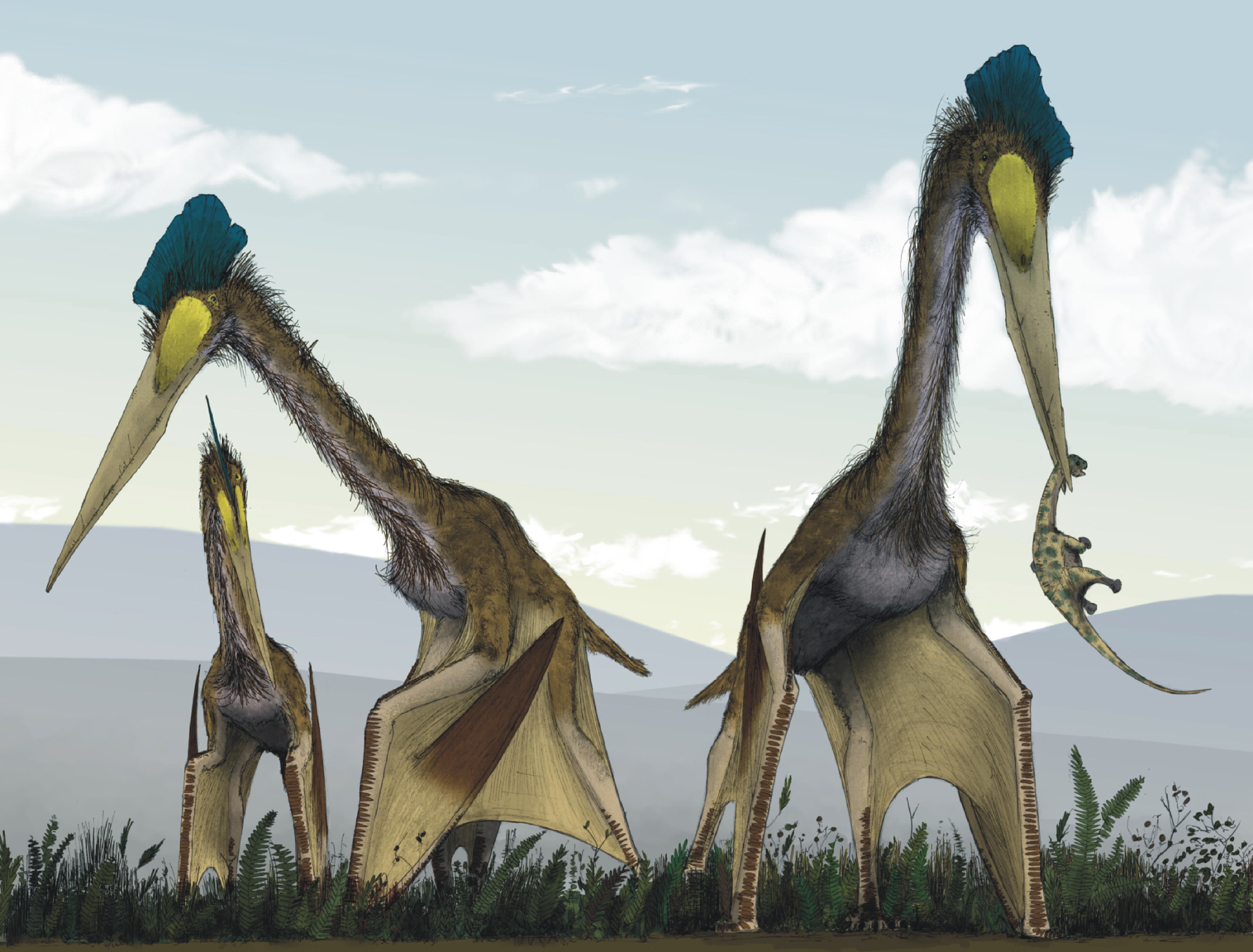
Picture a creature with wings spanning 35 feet standing as tall as a giraffe on land, and you’re imagining Quetzalcoatlus. This colossal pterosaur was literally the largest flying animal that ever lived, making modern birds look like tiny toys in comparison. Named after the Aztec god Quetzalcoatl, this creature was truly godlike in its proportions.
What’s mind-blowing about Quetzalcoatlus is that despite its massive size, it was likely an efficient soarer, using thermal currents to stay aloft with minimal energy expenditure. Scientists believe it primarily fed on fish and small animals, using its long beak to probe for food much like a modern stork, but on a scale that defies imagination.
Plesiosaur: The Original Loch Ness Monster

Long before tales of lake monsters captured human imagination, Plesiosaurs were the real deal, gliding through ancient oceans with their distinctive long necks and flippers. These marine reptiles came in various sizes, from dolphin-sized species to giants over 40 feet long. Their unique body plan, with four large flippers and an elongated neck, made them perfectly suited for life in the water.
The swimming style of Plesiosaurs was unlike anything we see today. They used their four flippers in a coordinated underwater “flight” pattern, similar to how sea turtles swim but far more sophisticated. Their long necks allowed them to strike at prey with lightning speed while keeping their large bodies relatively motionless, making them incredibly efficient ambush predators.
Dunkleosteus: The Armored Fish From Hell

Before sharks ruled the seas, there was Dunkleosteus, a 30-foot-long armored fish that could bite through almost anything with a force of 11,000 pounds per square inch. This prehistoric nightmare didn’t have teeth in the traditional sense, but rather possessed razor-sharp bony plates that could slice through prey like organic guillotines. Imagine a fish wearing medieval armor with the attitude of a hungry great white shark.
What made Dunkleosteus particularly terrifying was its speed and agility despite its massive size and heavy armor plating. This apex predator could open its jaws in just 20 milliseconds, creating a powerful suction that would pull prey directly into its crushing bite. It was essentially nature’s version of a living garbage disposal with fins.
Helicoprion: The Buzz Saw Shark
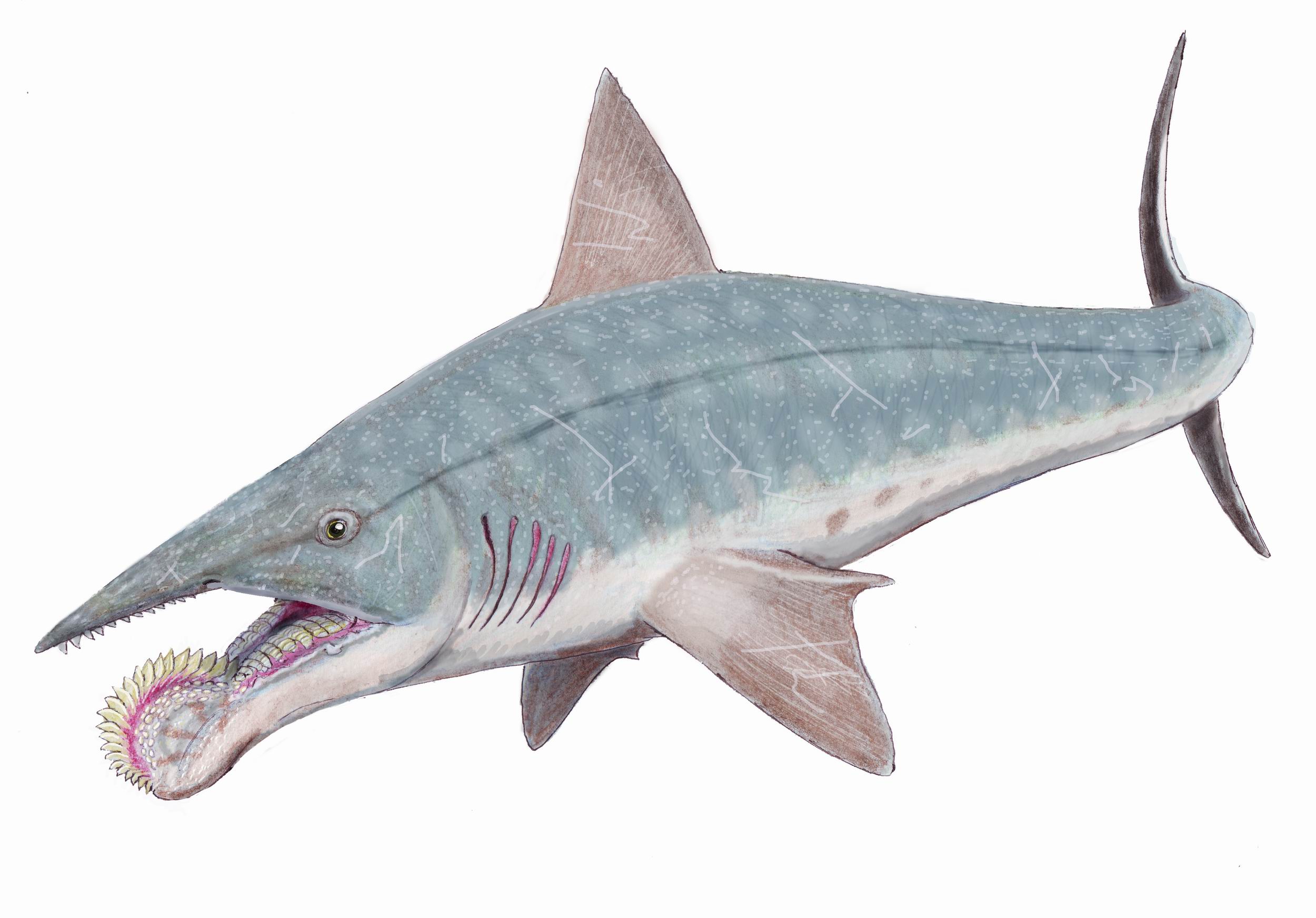
Helicoprion looked like something a mad scientist would create if asked to design the most bizarre shark possible. This prehistoric fish sported a lower jaw that curved into a spiral, creating what paleontologists call a “tooth whorl.” Imagine a circular saw blade made of teeth, and you’re getting close to understanding this creature’s unique feeding apparatus.
The function of Helicoprion’s bizarre jaw structure puzzled scientists for decades. Current theories suggest it used its tooth whorl like a food processor, slicing through soft-bodied prey such as squid and small fish. This 20-foot-long shark was essentially swimming around with built-in kitchen equipment, making it one of the most specialized predators of its time.
Ammonites: The Nautilus Champions
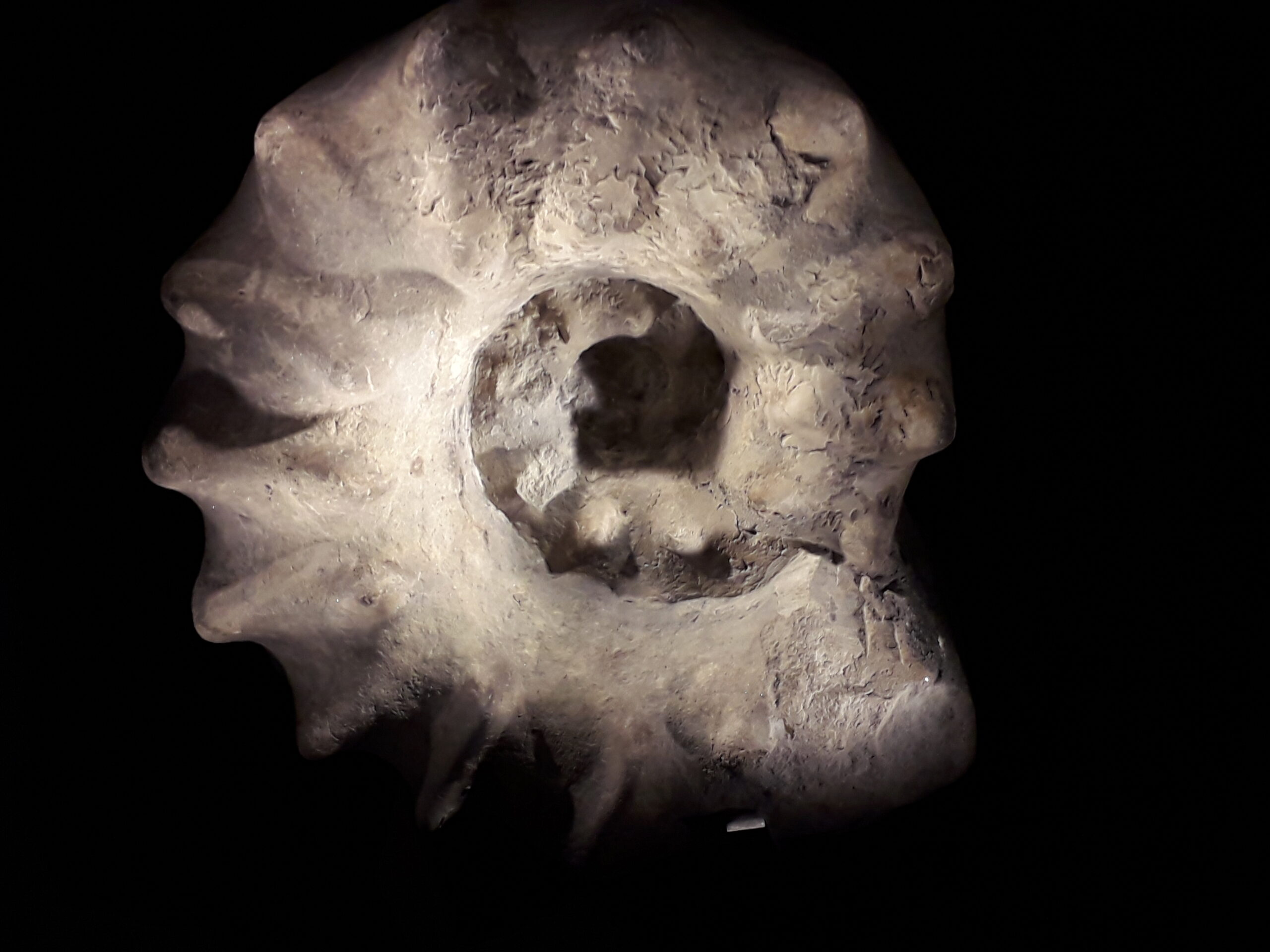
While not as flashy as giant predators, Ammonites were incredibly successful marine creatures that dominated ocean ecosystems for over 300 million years. These cephalopods, related to modern squid and octopuses, lived in beautiful spiral shells that came in an amazing variety of shapes and sizes. Some were smooth and streamlined, others were covered in spikes and ridges that would make a medieval weapon jealous.
What’s remarkable about Ammonites is their incredible diversity and adaptability. They ranged from tiny species smaller than a coin to giants over six feet across. Their shells functioned as sophisticated buoyancy control systems, allowing them to rise and sink through the water column with precision. These creatures were essentially the submarines of the ancient world, perfectly engineered for three-dimensional ocean living.
Arthropleura: The Giant Millipede That Wasn’t
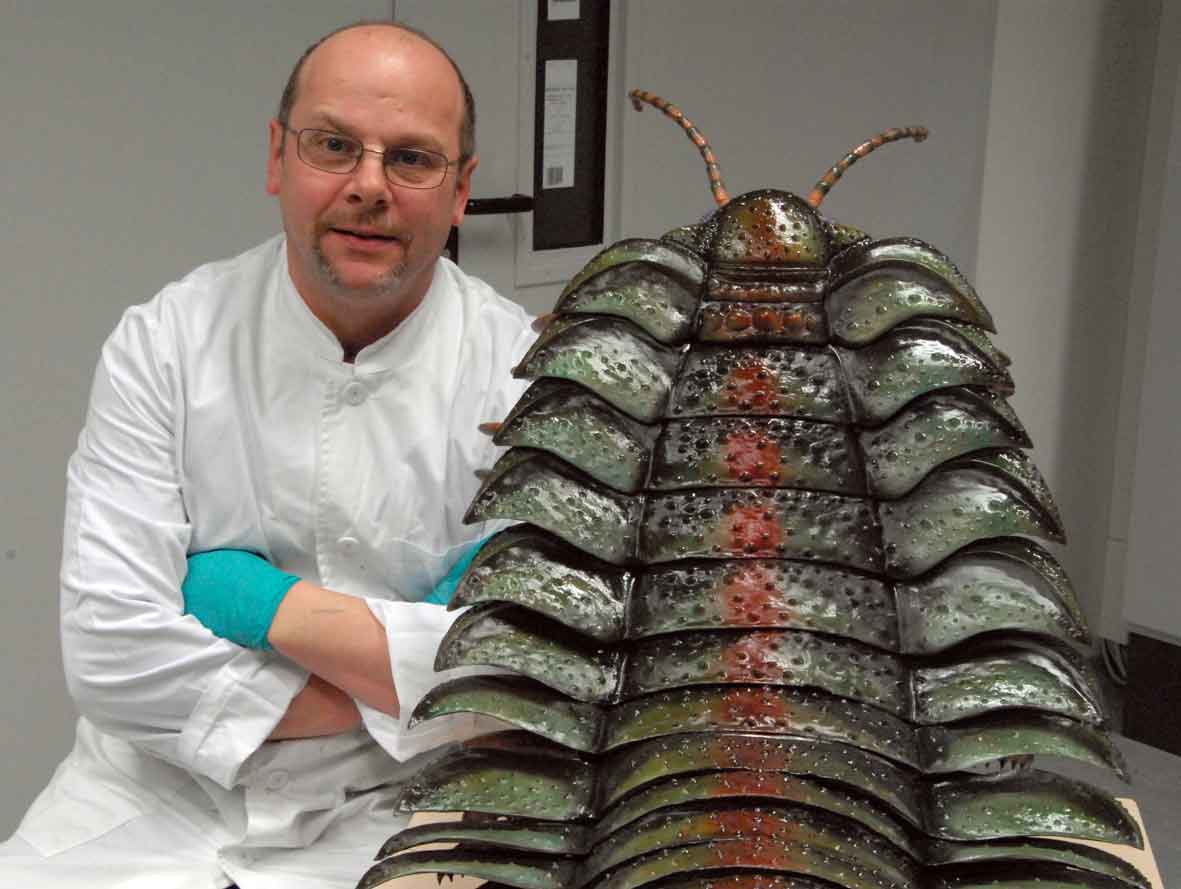
Imagine encountering a millipede over eight feet long and three feet wide crawling through a prehistoric forest. That’s Arthropleura, a massive arthropod that lived during the Carboniferous period and makes modern centipedes look like tiny worms. Despite its intimidating size, this gentle giant was actually a herbivore, munching on plants and decaying vegetation like a prehistoric garbage truck.
The secret to Arthropleura’s enormous size was the high oxygen levels of its time period, which allowed arthropods to grow to unprecedented sizes. Its segmented body was protected by tough, overlapping plates that provided excellent defense against predators. This creature essentially turned the forest floor into its personal dining room, processing tons of plant material throughout its lifetime.
Meganeura: The Eagle-Sized Dragonfly
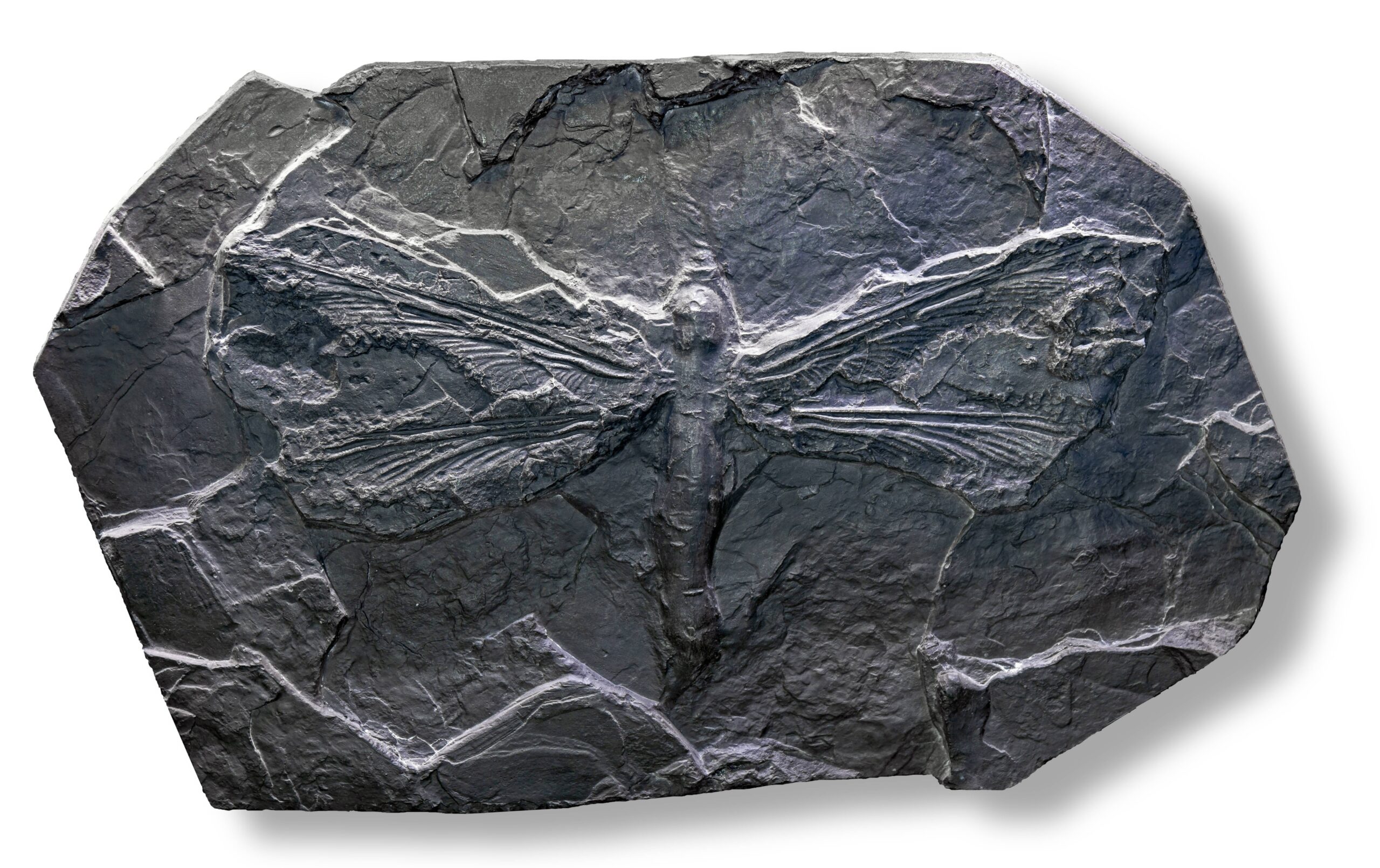
Dragonflies are impressive enough at their normal size, but Meganeura took things to an entirely different level with a wingspan reaching 28 inches. This massive insect was basically a prehistoric drone with compound eyes the size of tennis balls and the hunting skills of a modern fighter pilot. Flying through Carboniferous forests, Meganeura was the undisputed ruler of the ancient skies.
What made Meganeura such an effective predator was its incredible maneuverability and keen eyesight. Like modern dragonflies, it could hover, fly backwards, and change direction instantly, but at a scale that would make it capable of hunting small vertebrates. Its powerful jaws could easily dispatch prey, making it the aerial equivalent of a prehistoric hawk with the agility of a hummingbird.
Coryphodon: The Hippo-Sized Plant Eater
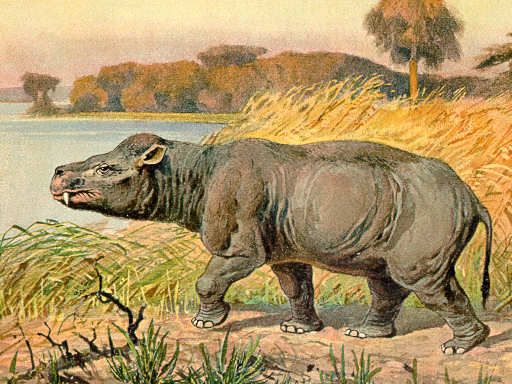
After the dinosaurs went extinct, mammals quickly evolved to fill the vacant ecological niches, and Coryphodon was one of the most successful early experiments. This massive herbivore, roughly the size of a rhinoceros, had a distinctive saggy body, short legs, and a relatively small head that made it look like someone had inflated a tapir to ridiculous proportions.
Despite its somewhat comical appearance, Coryphodon was perfectly adapted for its lifestyle as a swamp-dwelling browser. Its broad, flat teeth were ideal for processing tough plant material, while its robust build allowed it to wade through marshy environments with ease. This creature essentially filled the same ecological role that hippos occupy today, but with a uniquely prehistoric twist.
Livyatan: The Sperm Whale’s Nightmare Cousin
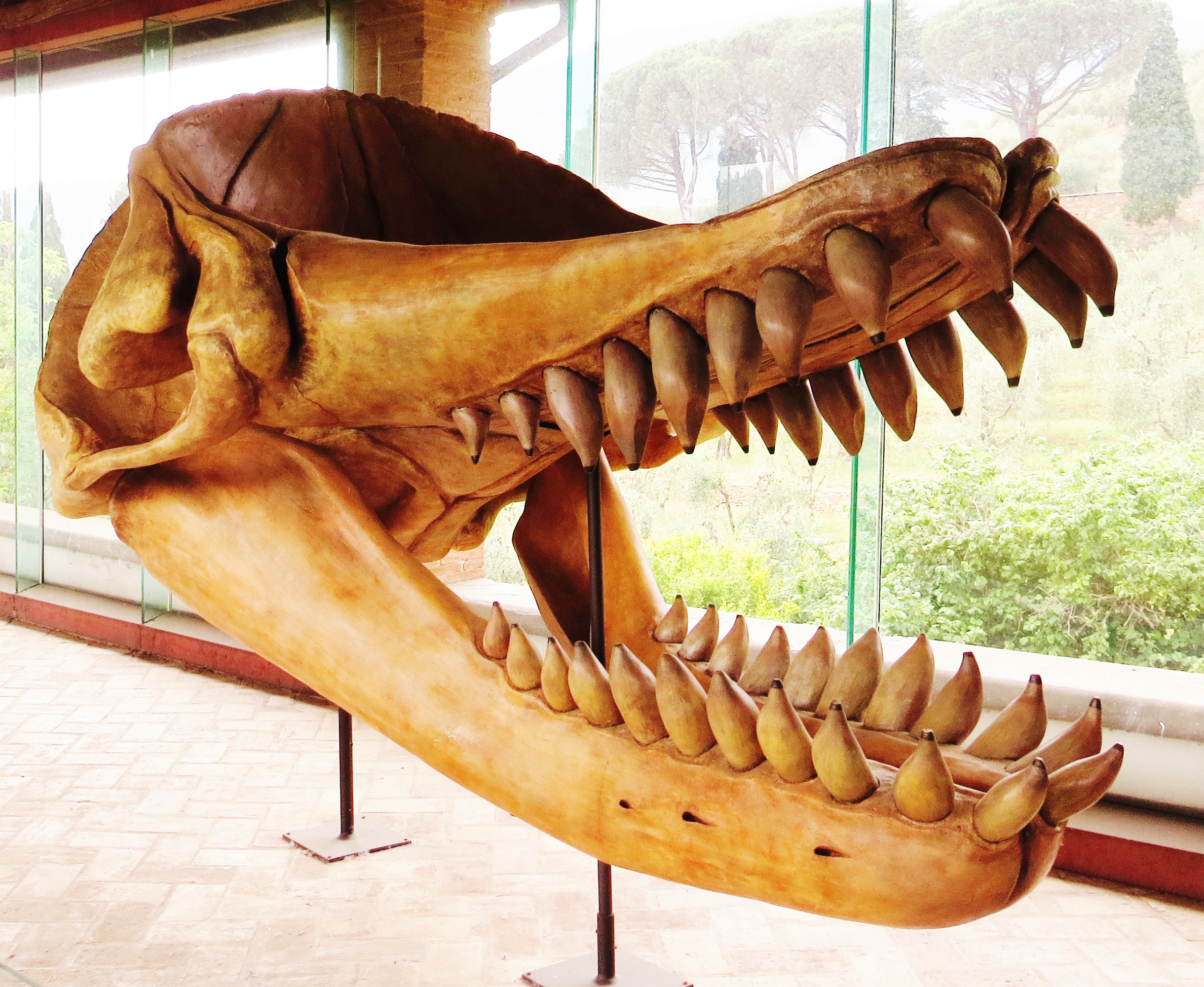
While technically living after the dinosaurs, Livyatan melvillei deserves mention as one of the most terrifying marine predators ever discovered. This massive sperm whale possessed teeth over a foot long and could grow up to 60 feet in length, making it a formidable rival to the famous Megalodon shark. Unlike modern sperm whales that primarily eat squid, Livyatan was designed for hunting other whales.
The skull structure of Livyatan reveals a predator built for incredible bite force and high-speed ramming attacks. Its teeth were designed not just for gripping but for slicing through flesh and bone, making it capable of dismembering prey as large as itself. This was essentially nature’s version of a living submarine armed with torpedoes and a ram.
Anomalocaris: The Cambrian Sea Monster
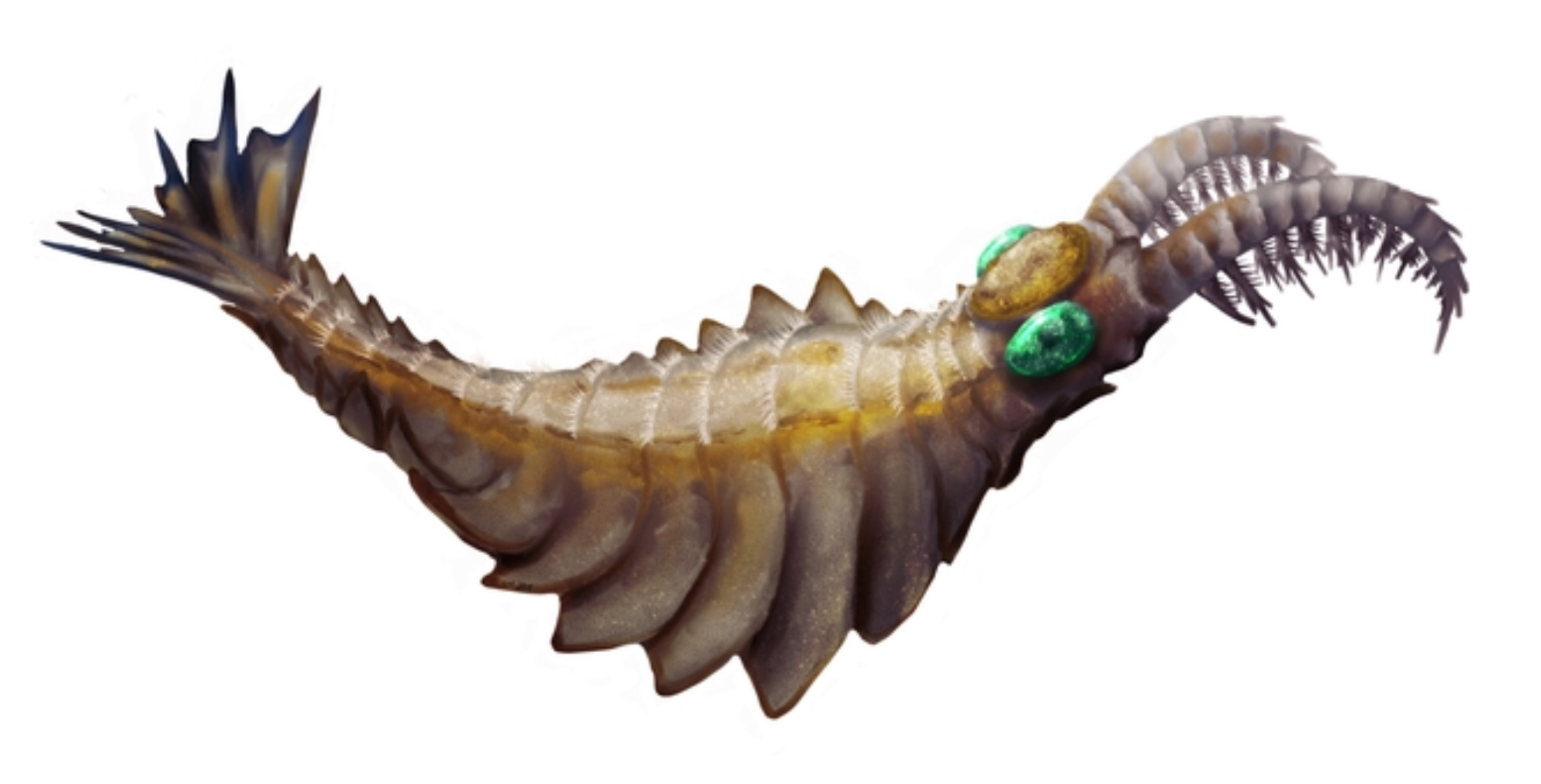
Going back to the very dawn of complex life, Anomalocaris was the apex predator of the Cambrian seas over 500 million years ago. This bizarre creature looked like someone had crossed a shrimp with an alien spacecraft, featuring two large grasping appendages at the front and a circular mouth filled with plates of teeth. At six feet long, it was a giant among the mostly tiny creatures of its time.
What makes Anomalocaris truly fascinating is how it represents an early experiment in predator design. Its flexible appendages could grab prey and stuff it into its circular mouth, while its undulating fins provided efficient propulsion through the water. This creature essentially wrote the handbook for being an effective marine predator, establishing patterns that would be refined over millions of years of evolution.
The prehistoric world was far more diverse and fascinating than most people realize. While dinosaurs certainly dominated terrestrial ecosystems, they shared their planet with an incredible array of creatures that were equally spectacular in their own right. From the crushing jaws of Dunkleosteus to the soaring magnificence of Quetzalcoatlus, these animals demonstrate that evolution has always been capable of producing beings that seem almost too incredible to be real. The next time you see a dragonfly or visit an aquarium, remember that you’re looking at distant relatives of some of the most extraordinary creatures that ever lived. What other prehistoric mysteries might still be waiting to be discovered in the rocks beneath our feet?



